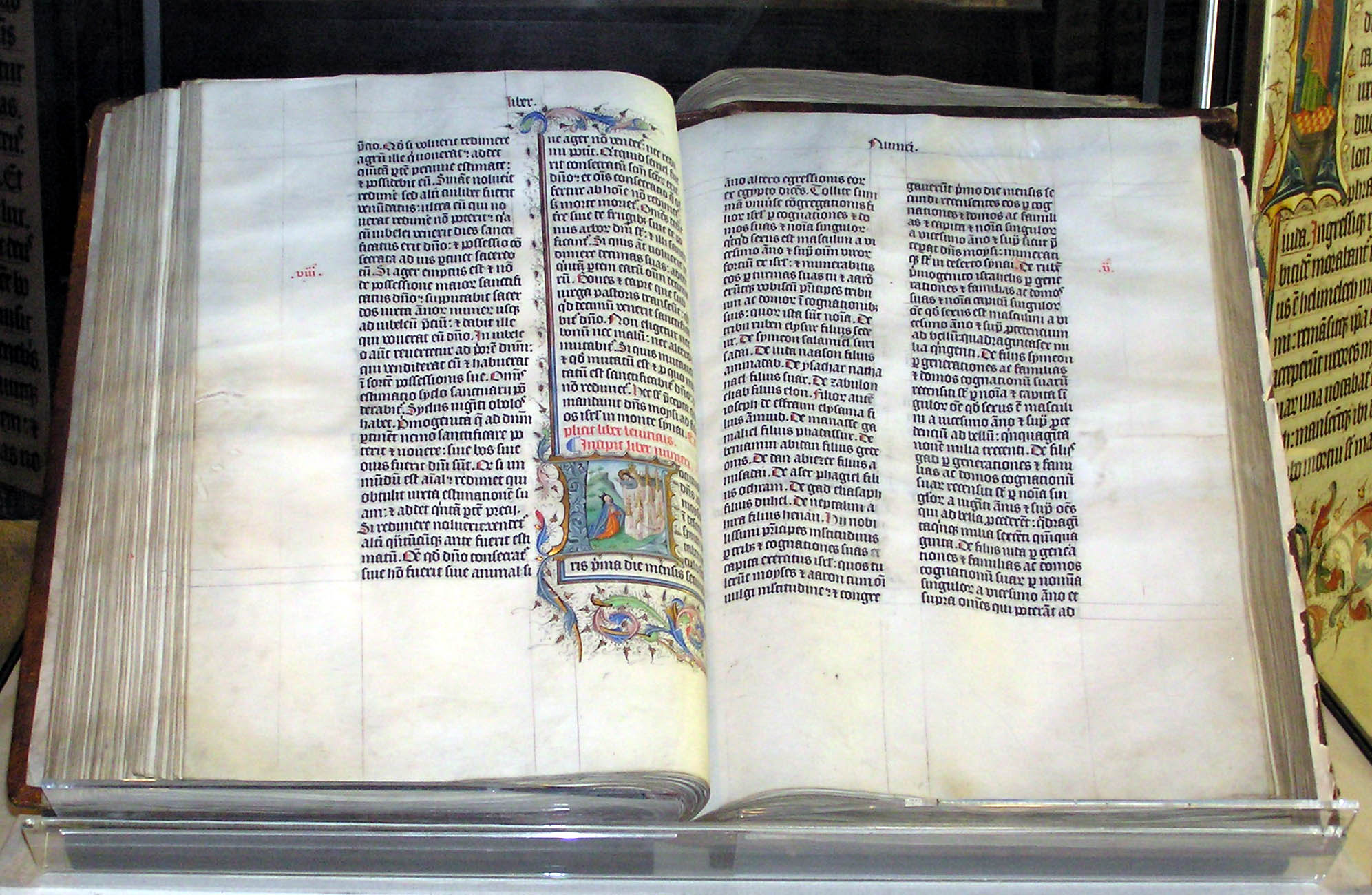 I've listed seven important codex uncial manuscripts that are invaluable witnesses to the Greek New Testament. The first four are the great uncials, which means that they are hand written in uncials (upper-case letters) and have no spaces or punctuation on vellum (calf skin) pages that are assembled into a codex (book). The first four manuscripts contain almost the complete Greek New Testament and only the papyri are more important than them.
I've listed seven important codex uncial manuscripts that are invaluable witnesses to the Greek New Testament. The first four are the great uncials, which means that they are hand written in uncials (upper-case letters) and have no spaces or punctuation on vellum (calf skin) pages that are assembled into a codex (book). The first four manuscripts contain almost the complete Greek New Testament and only the papyri are more important than them.
In the last hundred years, scholars have discovered that manuscripts should be grouped into families, due to the copying process each manuscript has gone through and where the copying was done, there have emerged four text-types. The Alexandrian, Byzantine, Western and Caesarean families are the most well known. The Textus Receptus that was used by Erasmus and the translators of the King James Bible relied on a late version of the Byzantine type-text family, and the Codex Alexandrinus is an early witness to this family. The Codex Bezae was popularlized by Theodore Beza, who was John Calvin's follower. The last two manuscripts (W and θ) value were realized (especially by B.H. Streeter) by the discovery of the Gregory-Aland P42 papyrus and the Chester Beatty P45 papyrus, and also supported by the f1 and f13 miniscule manuscripts.
I've included an image and some details about these manuscripts:
| א | 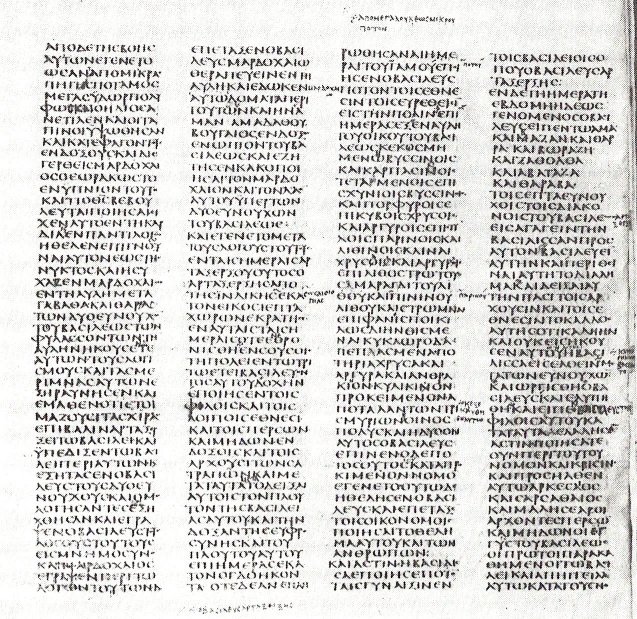 |
The Codex Sinaiticus (#1) is a 4th century unical codex manuscript, hand written on vellum pages. It containing the Gospels, Acts, Pauline Epistles, Catholic Epistles and Revelation and is kept in the British Library, in London, UK. It is one of the four great codex uncials. It is an important witness to the Alexandrian family of manuscripts. It is also an important witness to the Alexandrian family of manuscripts. Click here to view a digital copy of this manuscript.
| B | 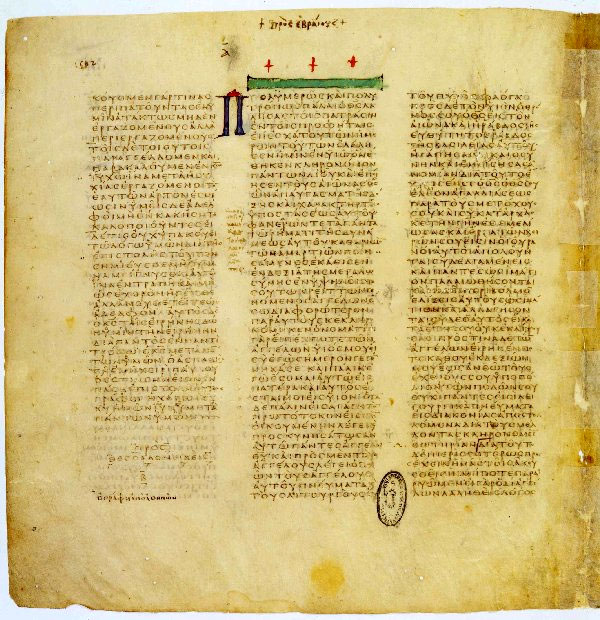 |
The Codex Vaticanus (#3) is a 4th century unical codex vellum manuscript containing the Gospels, Acts, Pauline Epistles, and Catholic Epistles and is kept in the Vatican Library in Vatican City, Vatican. It is one of the four great codex uncials. It is also an important witness to the Alexandrian family of manuscripts.
| A | 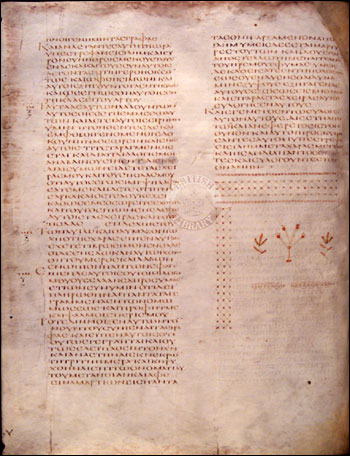 |
The Codex Alexandrinus (#2) is a 5th century unical codex manuscript, hand written on vellum pages. It is one of the four great codex uncials. It containing the Gospels, Acts, Pauline Epistles, Catholic Epistles and Revelation and is kept in the British Library, in London, UK. It is an important witness to the Byzantine family of manuscripts.
| C | 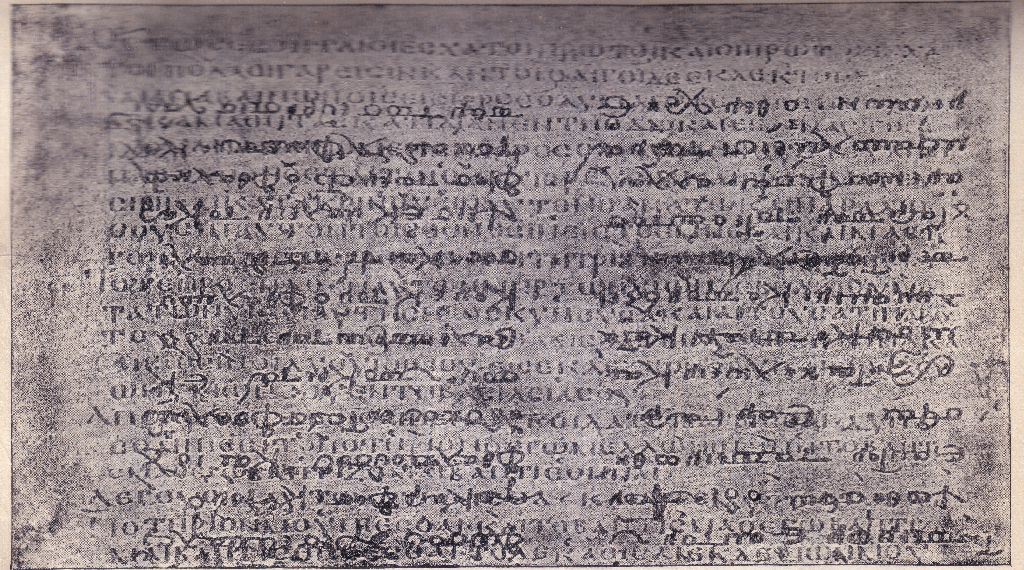 |
The Codex Ephraemi (#4) is a 5th century unical codex manuscript, hand written on vellum pages. It is one of the four great codex uncials. It containing the Gospels, Acts, Pauline Epistles, and Revelation and is kept in the Bibliothèque nationale de France, Paris, France
| D | 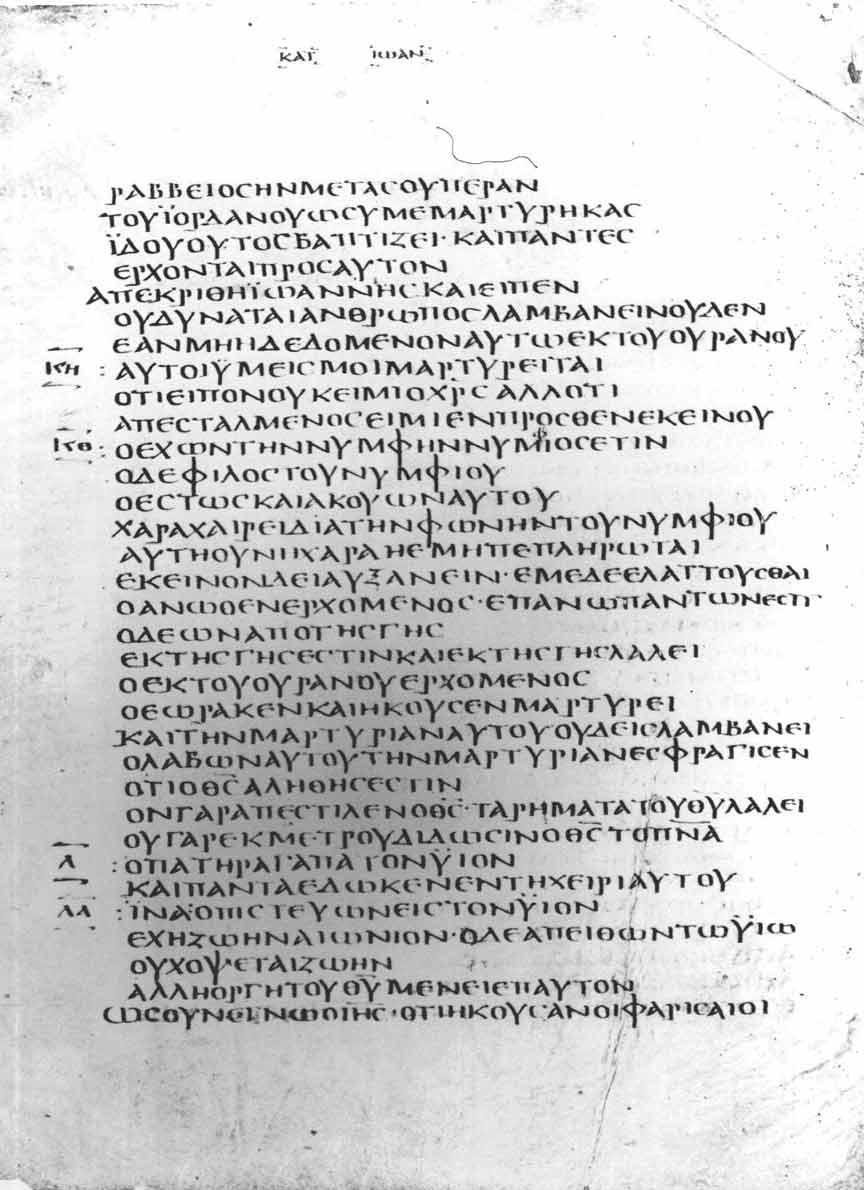 |
The Codex Bezae (#5) is a 5th century unical codex vellum manuscript containing the Gospels and Acts and is kept in the Cambridge University Library in Cambridge, UK. It is an important witness to the Western family of manuscripts.
| θ | 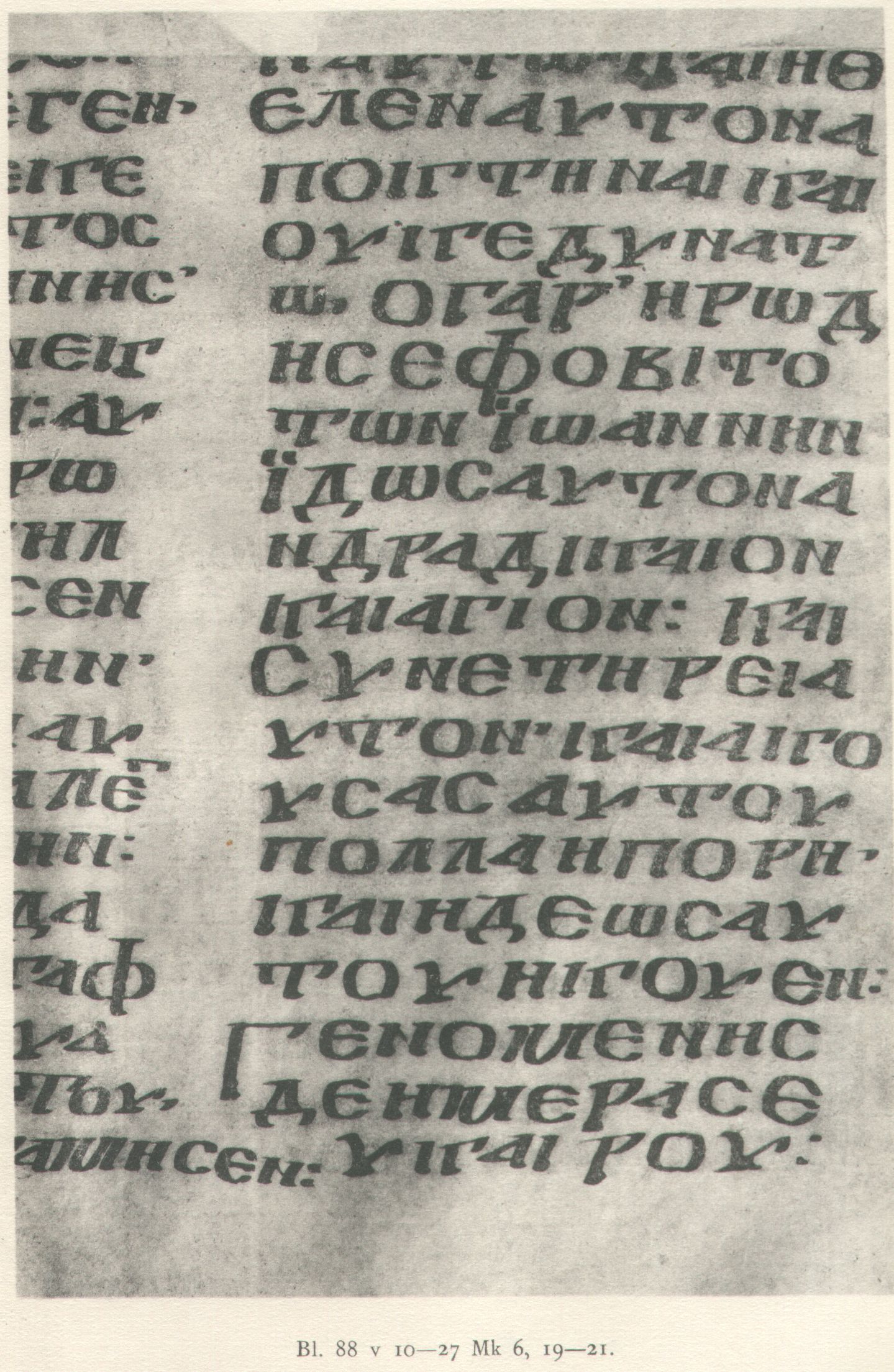 |
The Codex Koridethi (or the Codex Coridethianus) (#038) is a 9th century unical codex vellum manuscript containing the Gospels and is kept in the Georgian National Center of Manuscripts in Tbilisi, Georgia. It is an important witness to the Caesarean family of manuscripts.
| W | 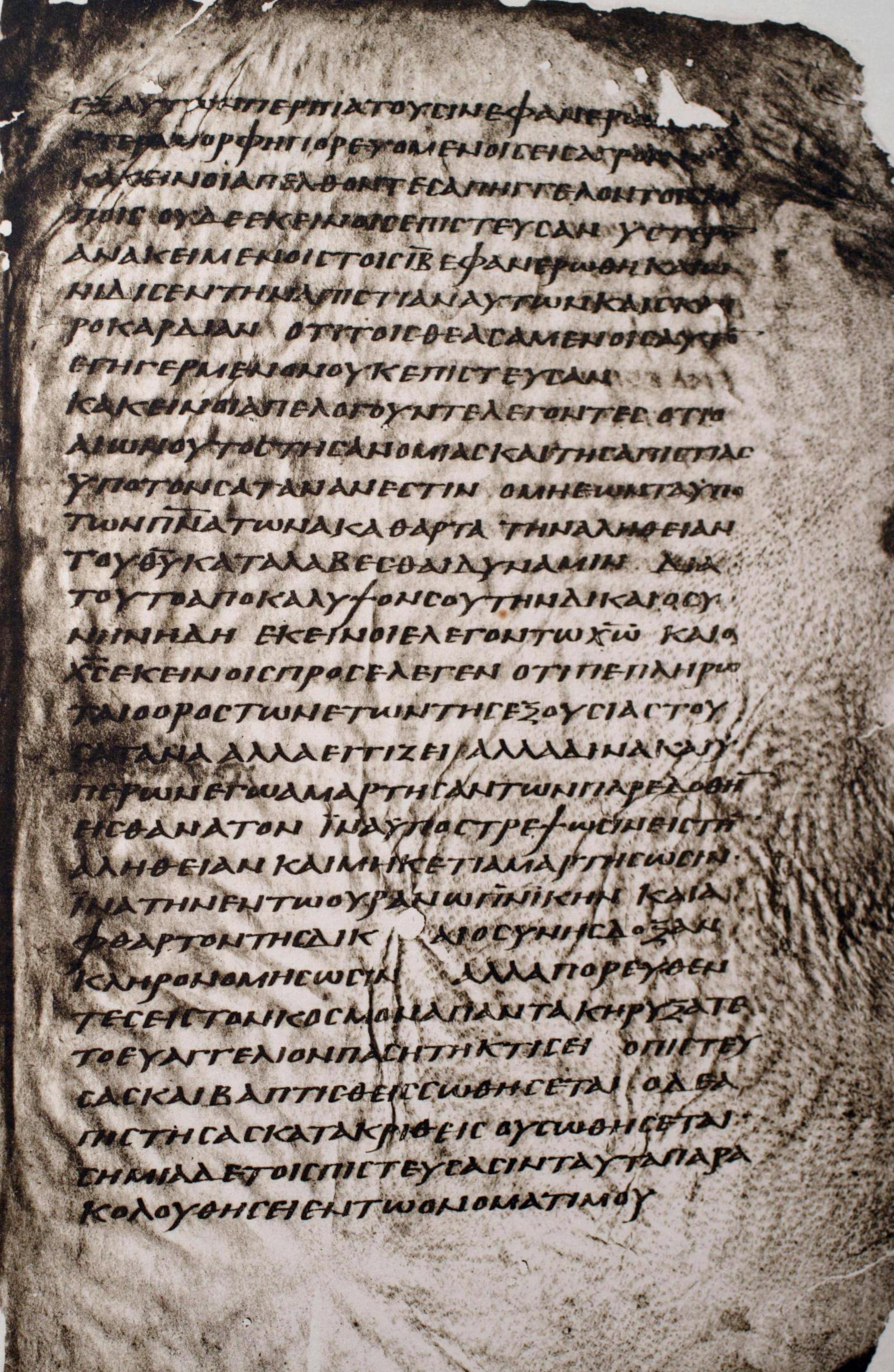 |
The Codex Washingtonianus (#032) is a 5th century unical codex vellum manuscript containing the Gospels and is kept in the Smithsonian Institution, Washington, D.C. It is an important witness to the Caesarean family of manuscripts and contains the Freer Logion.



March 25th, 2022 - 23:15
I have a copy of the New English Bible, presented to me in 1961, when it was first published. I get the impression from reading this Bible and from it’s layout?, that it was copied from a scource document?. Could you confirm this?